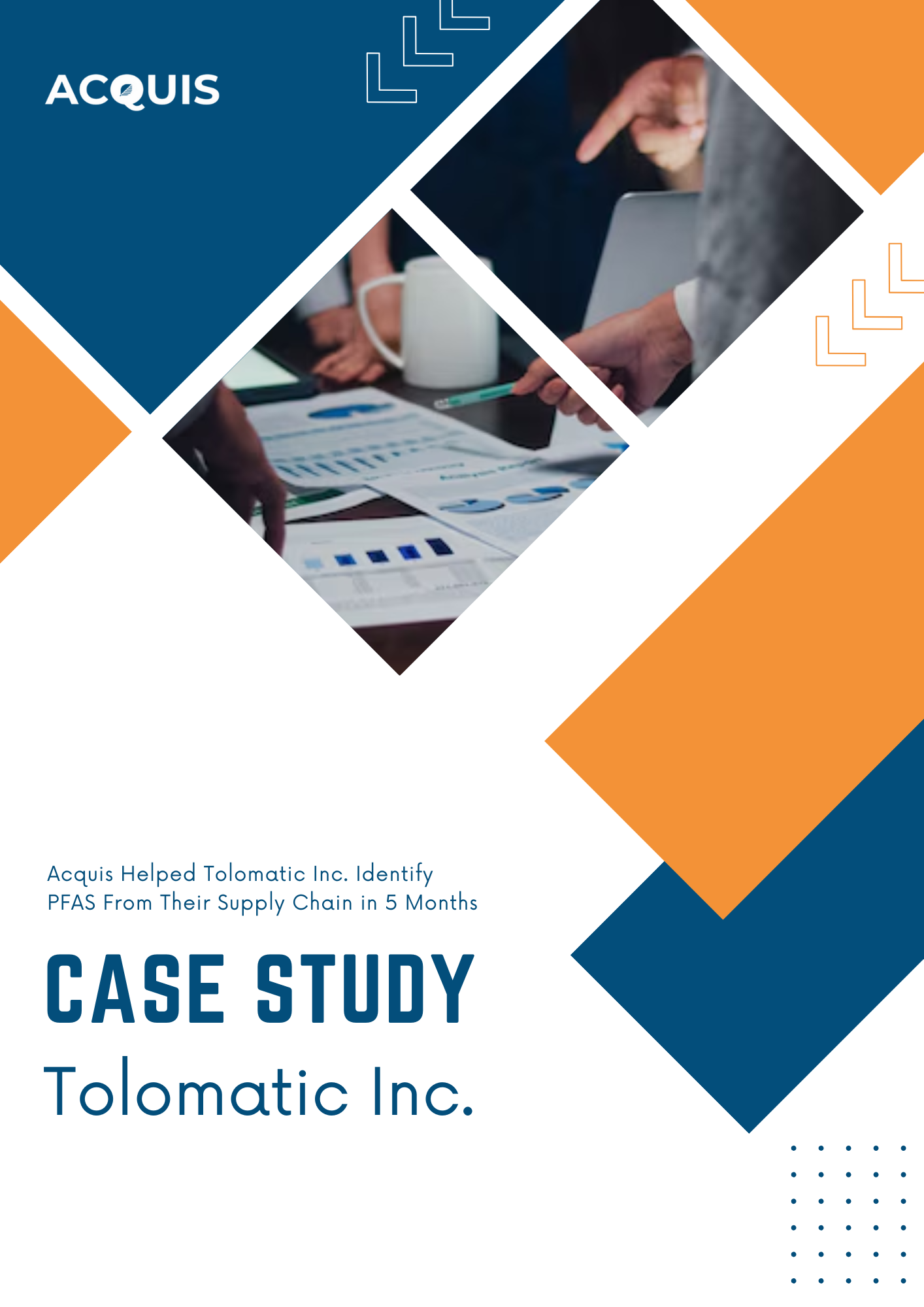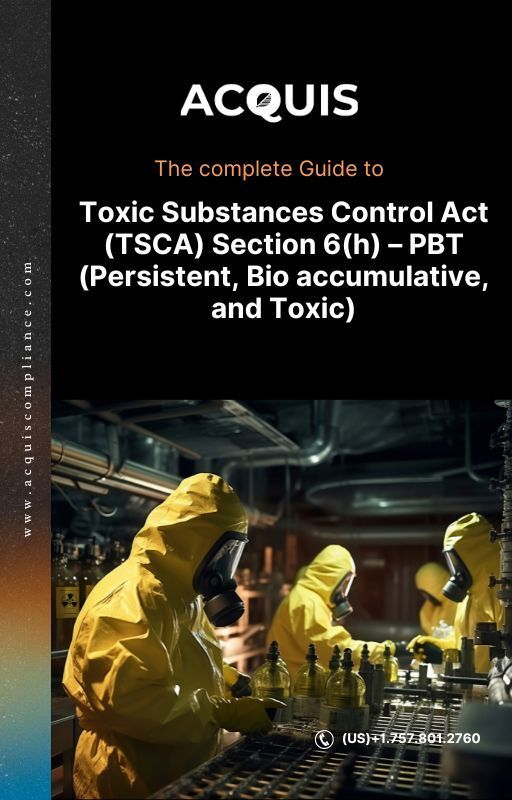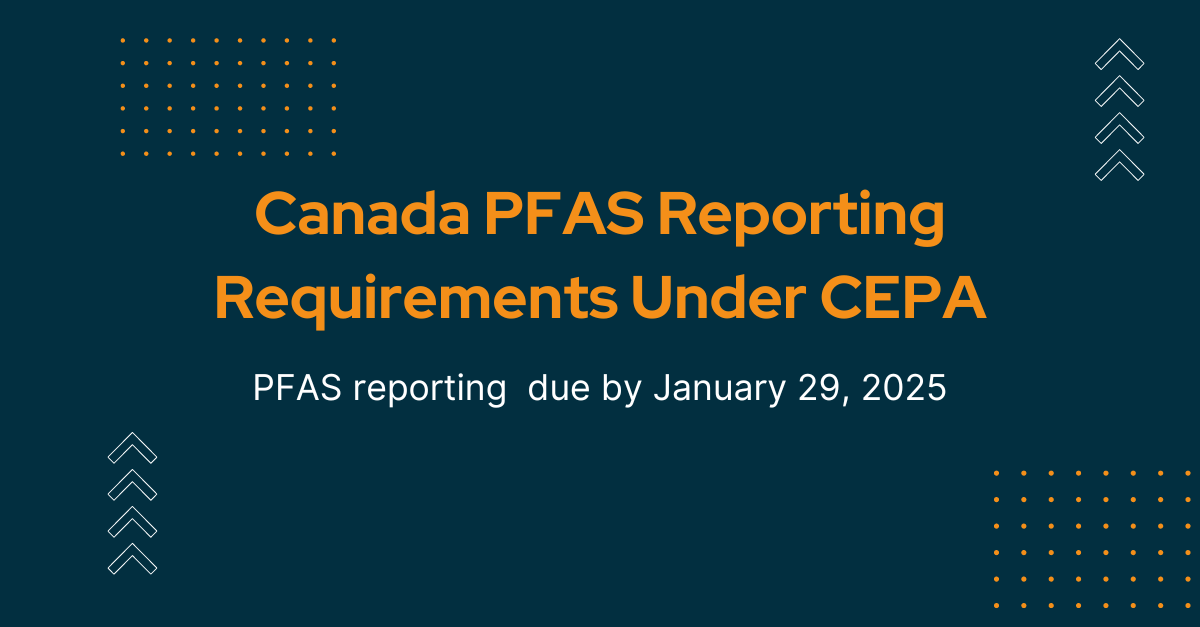In the quest to address the growing concern surrounding per- and polyfluoroalkyl substances (PFAS), the U.S. Environmental Protection Agency (EPA) has reached a significant milestone. The EPA recently finalized a rule that promises to deliver an unprecedented dataset on PFAS, offering a crucial glimpse into the impact of these substances on our environment and public health.
PFAs Rule Rooted in Legislation
This rule is not a standalone initiative; it's a result of legislation passed in the Fiscal Year 2020 National Defense Authorization Act (NDAA). The statutory requirement under the Toxic Substances Control Act (TSCA) directs all manufacturers, including importers, of PFAS and PFAS-containing articles since 2011 to report a wealth of information. This information includes chemical identity, utilization, production volumes, byproducts, environmental and health implications, worker exposure, and disposal practices.
A Game-Changer for Understanding PFAS
What makes this rule particularly groundbreaking is the vast scope it covers. PFAS, or "forever chemicals," have been used since the 1940s in various industries and consumer products, including non-stick cookware, water-repellent fabrics, firefighting foams, food packaging, and many other products. Their persistence in the environment and potential health risks have spurred growing concerns.
By compelling manufacturers and importers to provide comprehensive data on PFAS, the EPA aims to create a game-changing resource. This dataset will not only benefit the EPA but also its partners and the general public. It will provide an in-depth understanding of who is using PFAS, how they are used, and in what quantities, shedding light on these elusive substances.
A Crucial Step Towards Environmental Justice
The EPA's commitment to addressing PFAS pollution aligns with the Biden-Harris Administration's action plan, emphasizing environmental justice and safeguarding public health. The plan includes strategies for evaluating the risks of PFAS, establishing drinking water standards, and providing necessary tools and assistance to states and local communities dealing with PFAS-related issues.
Expanding the Definition of PFAS
Expanding the definition of PFAS and chemicals that can break down into PFAS or transform into PFAS under certain conditions, involves recognizing and studying new and potentially hazardous compounds that fall under the PFAS umbrella. Researchers and regulatory agencies are continuously working to identify emerging PFAS compounds and understand their prevalence, persistence, and potential risks to human health and the environment.
Balancing Compliance and Burden
While this rule is undoubtedly a milestone, it's essential to acknowledge the concerns raised during its development. Balancing compliance with the burden on businesses, particularly smaller ones, has been a point of contention. However, the EPA has made efforts to streamline reporting requirements and reduce the load on entities that used or manufactured small quantities of PFAS for research and development purposes or imported PFAS in articles.
A Timeline for Action
The clock is ticking for businesses affected by this rule. Data submissions to the EPA are due within 18 months of the final rule's effective date, with a six-month extension for small businesses reporting on imported PFAS in articles.
In summary, the EPA's final rule on PFAS reporting marks a significant step forward in understanding and addressing PFAS pollution comprehensively. It is a testament to the commitment to protecting human health and the environment, aligning with the broader mission of the EPA.
Speak to Our Compliance Experts
Share
ENVIRONMENTAL COMPLIANCE
- RoHS
- SCIP (WFD)
- REACH
- California Proposition 65
- Material Disclosure (FMD)
- PFAS
- TSCA PBT
- EU POPs
- EU MDR & IVDR
- ELV (GADSL)
- Others
- Extended Producer Responsibility (EPR)
INTEGRATION SUPPORT
WE ARE GLOBAL
USA
6705 Ridgedale CT, Glen Allen, VA 23059
+1.757.801.2760
info@aquiscompliance.com
India
#9/2, Hennur Bagalur Main Road, Bengaluru - 560077
+91 789 238 1827
info@aquiscompliance.com



